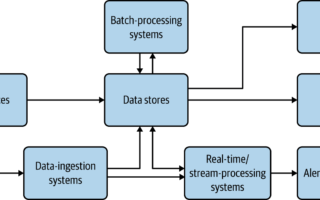Introduction:
Architecture is more than just buildings; it’s the blueprint of civilization itself. From ancient wonders to modern marvels, architecture shapes the way we live, work, and interact with the world around us. But why is architecture important? Let’s delve into the multifaceted significance of this timeless art form and explore how it influences every aspect of our lives.
1.Creating Spaces for Living and Working:
Shelter and Safety:
At its core, architecture provides us with shelter and protection from the elements. Whether it’s a humble dwelling or a towering skyscraper, buildings serve as our refuge, shielding us from rain, wind, and extreme temperatures.
Functional Design:
Beyond mere shelter, architecture is about creating spaces that are functional and practical. From homes and offices to schools and hospitals, every building is carefully designed to serve a specific purpose and meet the needs of its occupants.
2.Cultural Identity and Heritage:
Preserving History:
Architecture serves as a tangible link to our past, preserving the legacy of previous generations for future ones to appreciate. Historic landmarks and monuments tell the story of our cultural heritage, providing insights into the triumphs and tribulations of bygone eras.
Cultural Expression:
Architectural styles reflect the values, beliefs, and aesthetic preferences of different societies. From the grandeur of Gothic cathedrals to the simplicity of Japanese tea houses, each architectural form is a manifestation of cultural identity and artistic expression.
3.Shaping the Urban Landscape:
City Skylines:
Iconic landmarks and skyscrapers define the distinctive silhouette of urban landscapes, shaping the identity of cities around the world. From the Eiffel Tower in Paris to the Burj Khalifa in Dubai, these architectural marvels serve as symbols of progress and prosperity.
Public Spaces:
Parks, plazas, and promenades are integral components of urban planning, providing spaces for recreation, socialization, and community engagement. Well-designed public spaces enhance the quality of life for residents and visitors alike, fostering a sense of belonging and civic pride.
4.Environmental Sustainability:
Green Design:
In an era of climate change and environmental degradation, sustainable architecture plays a crucial role in mitigating our ecological footprint. Green buildings incorporate energy-efficient technologies, renewable materials, and eco-friendly design principles to minimize environmental impact.
Resilience and Adaptation:
Architecture can also help communities adapt to the challenges of a changing climate, from rising sea levels to extreme weather events. Resilient design strategies such as flood-resistant construction and green infrastructure enhance the resilience of buildings and infrastructure, ensuring their longevity in the face of environmental threats.
5.Promoting Social Equity:
Accessible Design:
Architecture has the power to promote social inclusion and accessibility for people of all ages and abilities. Universal design principles ensure that buildings and public spaces are accessible to individuals with disabilities, facilitating greater independence and mobility.
Affordable Housing:
Addressing the global housing crisis requires innovative approaches to affordable housing design and construction. Architects and urban planners are exploring creative solutions such as modular housing, micro-apartments, and co-living spaces to provide safe and affordable housing options for all.
Conclusion:
In summary, architecture is a cornerstone of human civilization, shaping the way we live, work, and interact with the world around us. From providing shelter and safety to preserving cultural heritage and promoting environmental sustainability, architecture encompasses a myriad of roles and responsibilities. As we navigate the challenges of the 21st century, the importance of architecture in creating resilient, inclusive, and sustainable communities has never been more evident. By embracing innovative design solutions and collaborative approaches, we can harness the transformative power of architecture to build a better future for generations to come.




